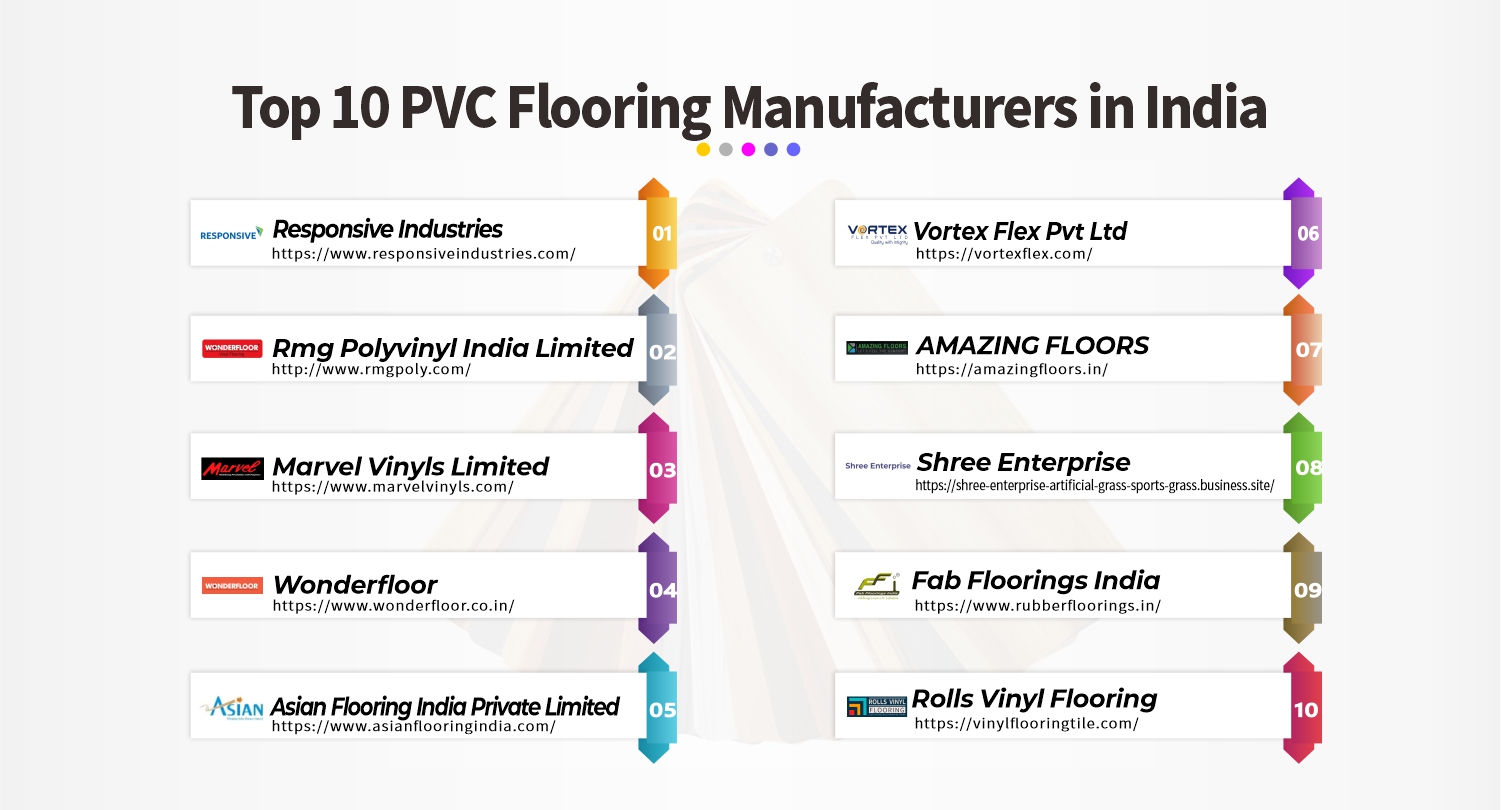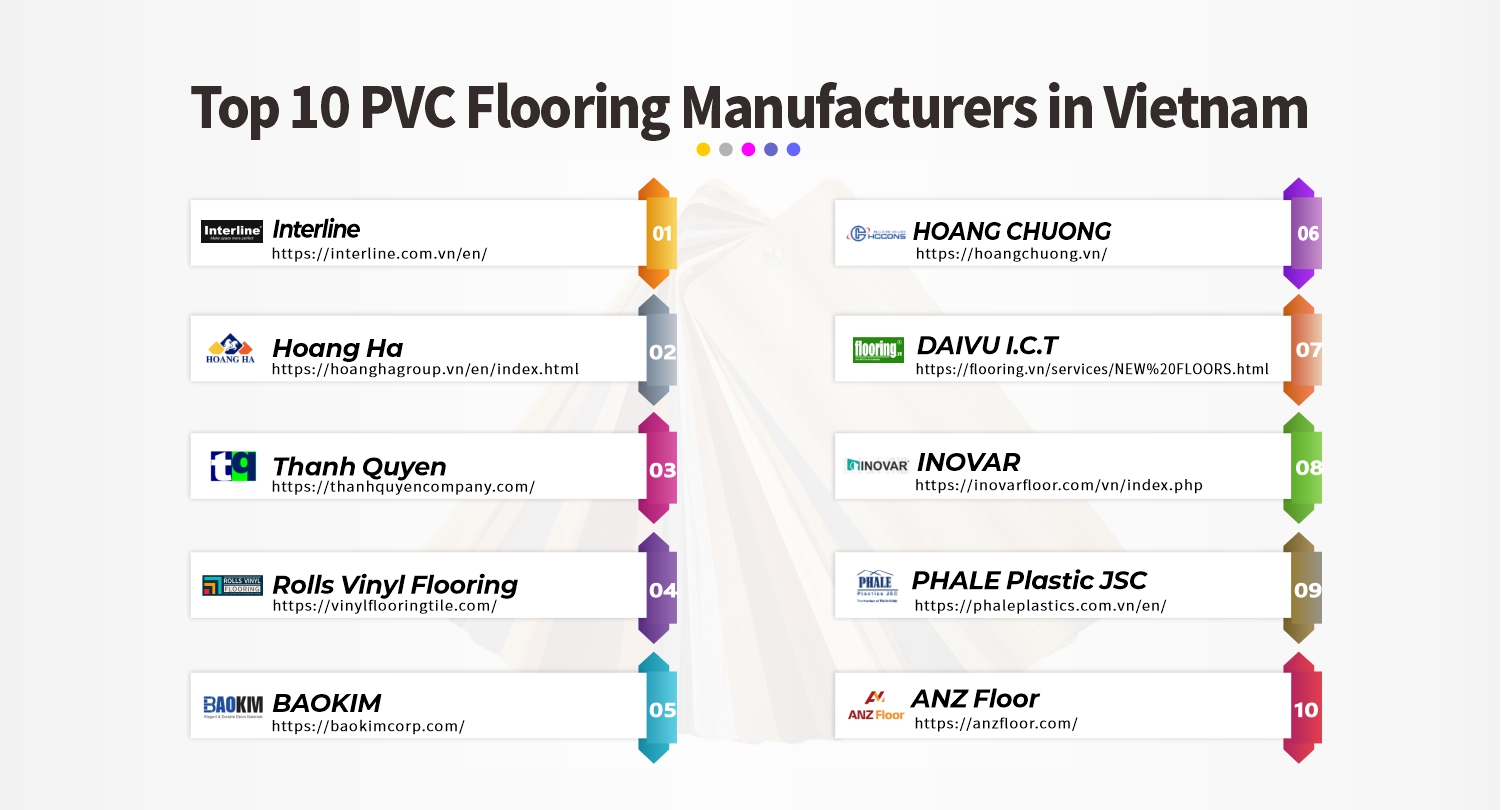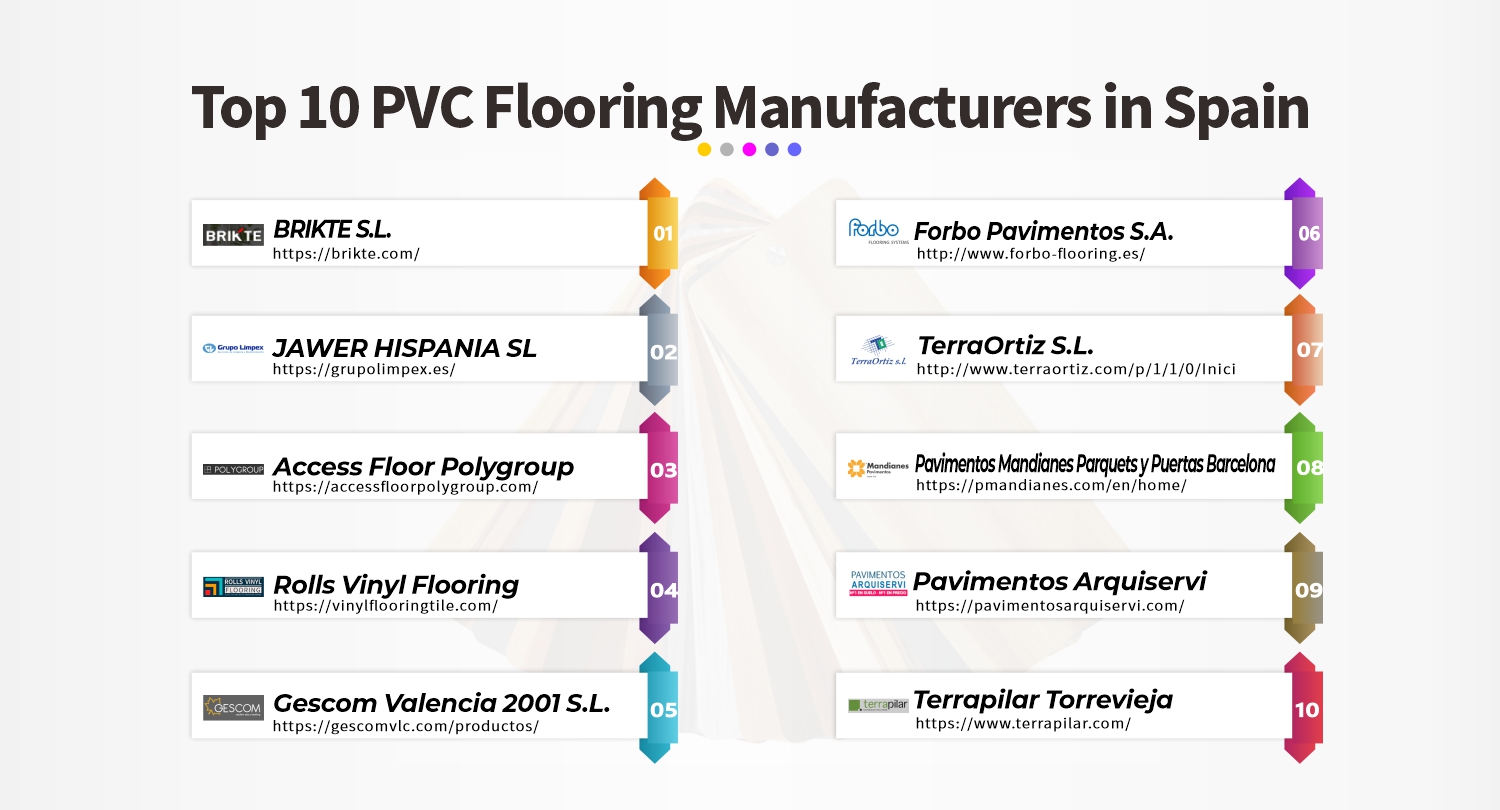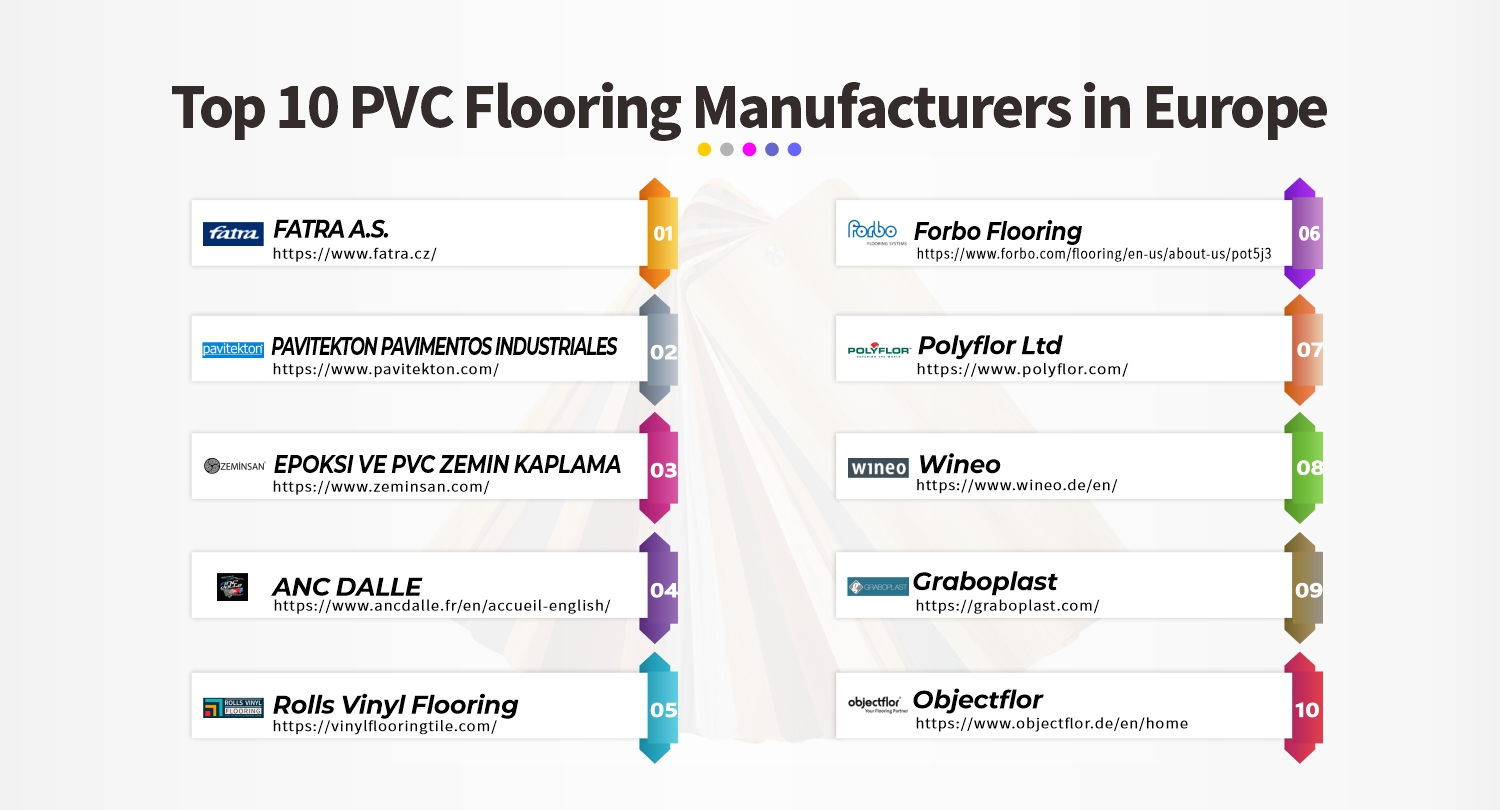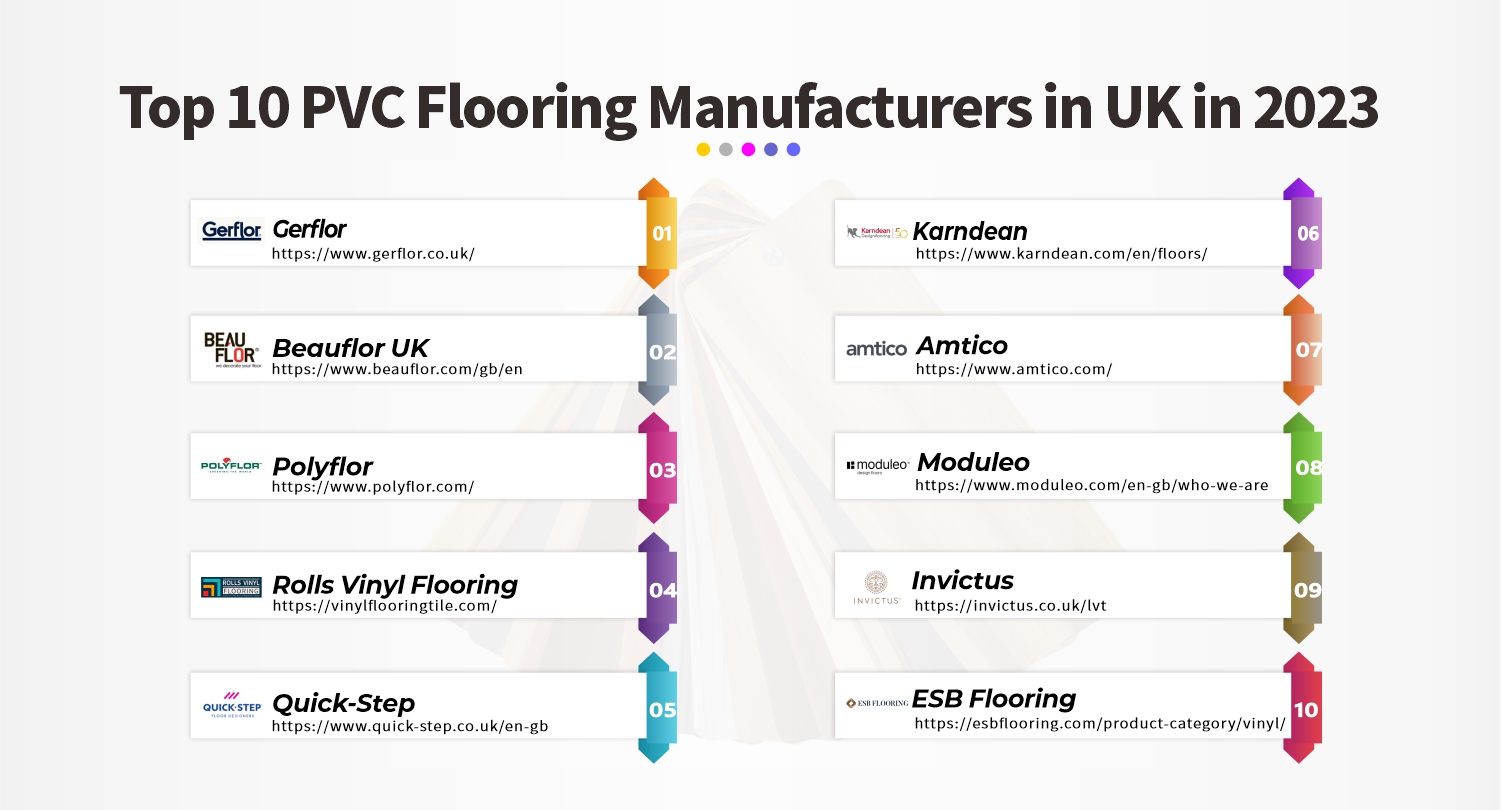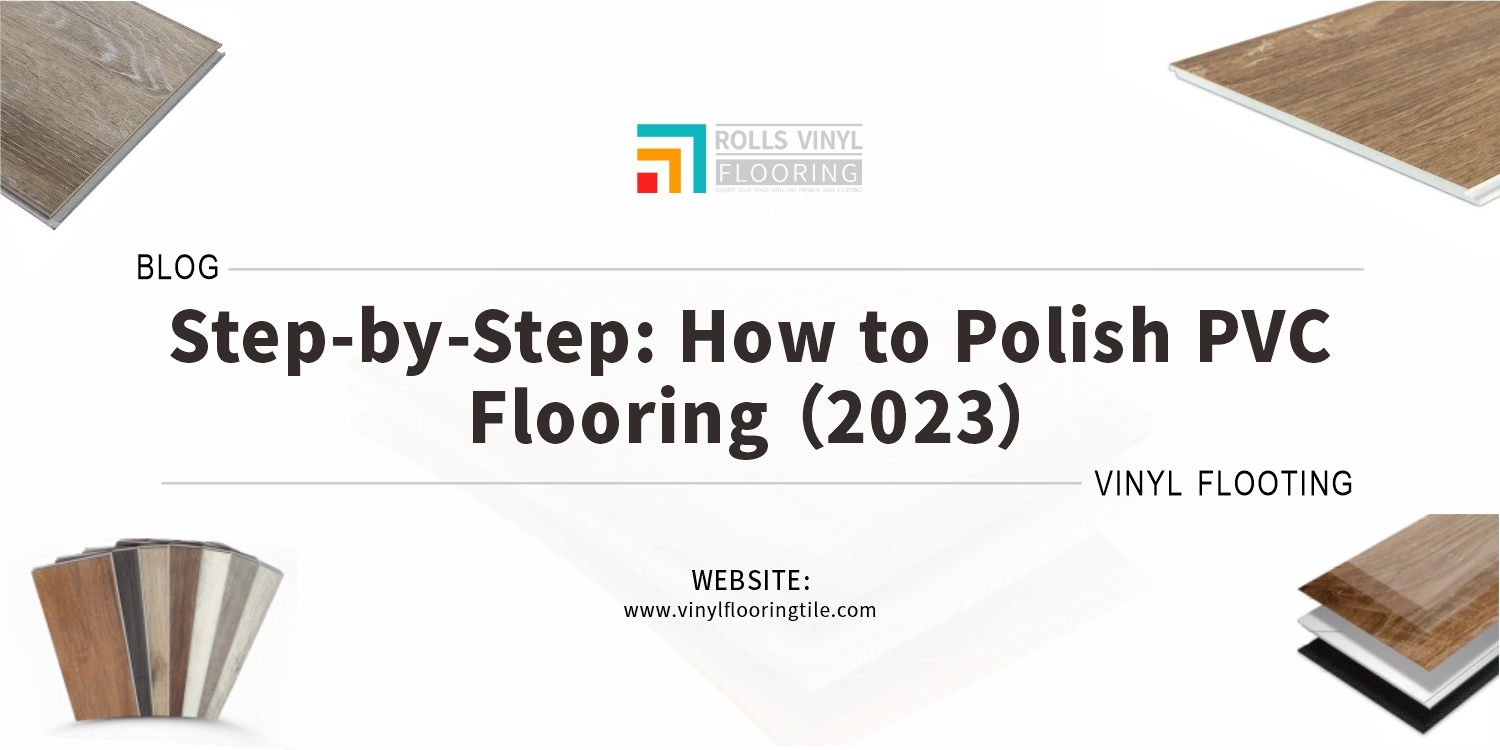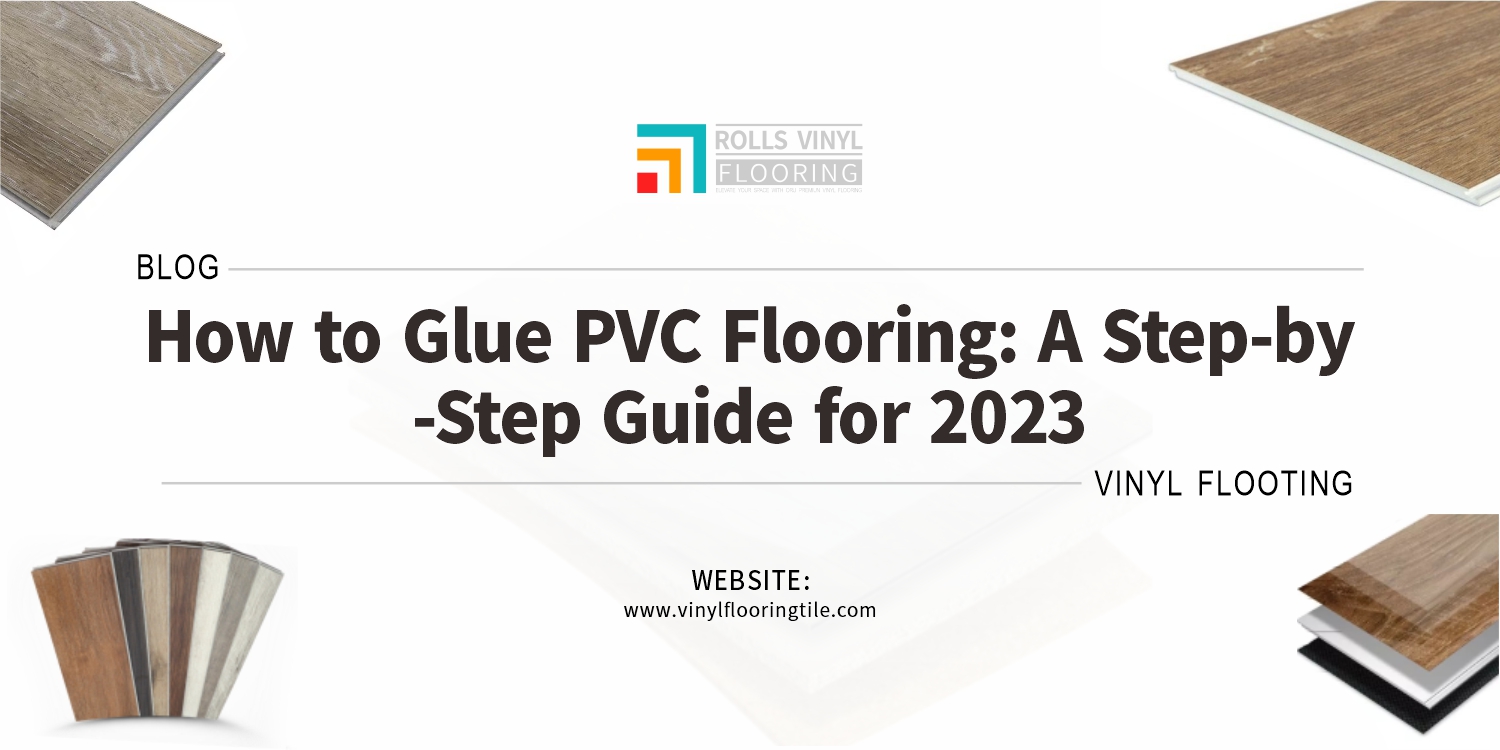Ready to turn your boring basement into a stunning masterpiece? Look no further than our DIY guide on installing parquet vinyl flooring! With our simple and effective step-by-step instructions, you’ll be able to transform your space into a stylish and inviting area that will have your guests wowed.
6 Steps for Installing Parquet Vinyl Flooring in a Basement:
Acclimating the flooring to the basement environment
Preparing the subfloor
Cutting and laying the underlayment
Measuring and cutting the parquet vinyl flooring
Gluing or clicking the flooring into place
Finishing the installation with trim and molding
So roll up your sleeves, grab your tools, and get ready to take on this exciting project. Let’s do this!
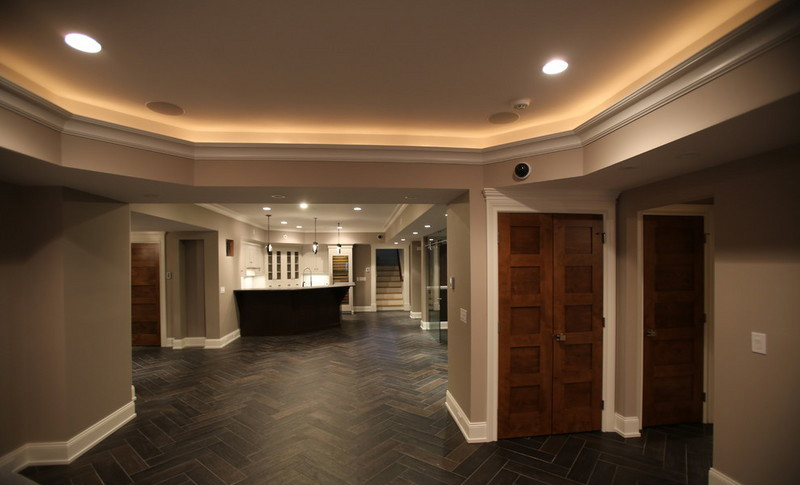
Definition of parquet vinyl flooring
Parquet vinyl flooring is a type of flooring that is designed to look like real hardwood parquet flooring, but is made from vinyl materials. It is a popular choice for those who want the stylish and timeless look of traditional parquet flooring, but with the added benefits of durability, affordability, and ease of maintenance. Parquet vinyl flooring comes in a variety of colors, patterns, and finishes, making it a versatile option for any space. Whether you’re looking to upgrade your home or business, parquet vinyl flooring is an excellent choice for achieving a classic and sophisticated look.
Advantages of using parquet vinyl flooring in a basement:
There are several advantages to using parquet vinyl flooring in your basement.
First, it is incredibly durable and resistant to moisture, making it ideal for basements that are prone to dampness and humidity.
Second, it is relatively easy to install and requires minimal maintenance, which makes it a great DIY project for homeowners.
Finally, parquet vinyl flooring is available in a wide range of colors and styles, allowing you to create a custom look for your basement floor.
Importance of proper installation:
Proper installation is essential when it comes to parquet vinyl flooring. If installed incorrectly, it can lead to problems such as buckling or warping over time. Make sure to follow the manufacturer’s instructions carefully and prepare the surface of the basement floor properly before installation. This includes ensuring that the surface is level, clean, and free of debris. With the right preparation and installation techniques, parquet vinyl flooring can provide a beautiful and long-lasting flooring option for your basement.
Preparing the Basement for Parquet Vinyl Flooring Installation
- Clearing the basement space
Installing parquet vinyl flooring in your basement requires proper preparation of the space to ensure a smooth and successful installation. This includes clearing the basement space of any furniture, appliances or debris that may obstruct the installation process.
- Measuring and assessing the subfloor
Next, it is important to measure and assess the sub-floor to determine its condition and suitability for parquet vinyl flooring installation. Any damage or unevenness should be addressed before proceeding with the installation.
- Addressing any moisture or humidity issues
Moisture and humidity are common issues in basements, which can cause problems with traditional flooring options like wood or carpet. When installing parquet vinyl flooring in your basement, it is important to address any moisture or humidity issues to prevent damage to the floor over time. This could include installing a moisture barrier underlay, sealing the concrete sub-floor, or using a dehumidifier to reduce excess moisture in the air.
Choosing Parquet Vinyl Flooring for the Basement
- Types of parquet vinyl flooring available
When it comes to choosing parquet vinyl flooring for your basement, there are several factors to consider. First, there are different types of parquet vinyl flooring available, such as glue-down, peel-and-stick, and click-lock options. Each has its own advantages and disadvantages, so it’s important to choose the right type for your specific needs.
- Style and design options
One of the great benefits of parquet vinyl flooring is the wide range of style and design options available. From classic wood-look designs to trendy geometric patterns, there is a parquet vinyl flooring option to suit any aesthetic. Additionally, parquet vinyl flooring can be purchased in various plank sizes and shapes, allowing you to customize the look of your basement floor to fit your unique vision.
- Style and design options
Another important factor to consider when choosing parquet vinyl flooring for your basement is the cost. Compared to traditional hardwood or tile flooring, parquet vinyl flooring is generally more affordable. This makes it an attractive option for homeowners on a budget who still want to achieve the look of real wood flooring. However, it is important to note that the cost of parquet vinyl flooring can vary depending on factors such as quality, brand, and installation method. Be sure to research your options and get multiple quotes before making a final decision.

Tools and Materials for Parquet Vinyl Flooring Installation:
- Necessary tools and equipment
Some of the essential tools needed for parquet vinyl flooring installation include a utility knife, measuring tape, chalk line, straight edge, and a glue gun. You may also need a circular saw or jigsaw to cut the planks to size as well as a tapping block and mallet to assist with fitting the planks together.
- Materials required for installation.
In addition to the necessary tools, there are several materials required for parquet vinyl flooring installation. These include the vinyl planks themselves, adhesive, underlayment, and transition strips. Depending on your specific basement flooring needs, you may also require a moisture barrier or primer to prepare the subfloor.
- Safety equipment needed.
It’s important to prioritize safety when installing parquet vinyl flooring. Some recommended safety equipment includes gloves, goggles, and a dust mask to protect against any debris or chemicals used during the installation process. Additionally, make sure to follow all manufacturer instructions and take appropriate precautions when using power tools or handling adhesives.
6 Steps for Installing Parquet Vinyl Flooring in a Basement:
1. Acclimating the flooring to the basement environment:
Before installing the parquet vinyl flooring, it’s crucial to allow the planks to acclimate to the temperature and humidity of the basement for at least 48 hours. This will help prevent any expansion or contraction that could lead to issues with the final product.
2. Preparing the subfloor:
Ensure that the subfloor is clean, dry, and level before beginning the installation. Any bumps or imperfections should be smoothed out or repaired as needed. If necessary, lay down a moisture barrier or primer to protect against excess moisture or humidity.
3. Cutting and laying the underlayment:
Cut the underlayment according to the measurements of the basement floor and lay it down across the entire surface. Make sure to overlap the seams by several inches to create a secure barrier.
4.Measuring and cutting the parquet vinyl flooring:
Measure the length and width of the room and use those measurements to determine how many planks you’ll need. Cut the planks to size using a circular saw or jigsaw, leaving a small gap around the edges of the room for expansion.
5. Gluing or clicking the flooring into place:
Depending on the type of parquet vinyl flooring you’re using, you will either glue or click the planks into place. Follow the manufacturer’s instructions carefully and work row by row, ensuring that each plank fits snugly against the previous one.
6. Finishing the installation with trim and molding:
Once all the planks have been installed, trim off any excess underlayment and install transition strips at doorways or areas where the flooring meets another surface. Add baseboards, quarter round, or other molding to create a finished look and cover any gaps between the flooring and the walls.
By following these steps and taking the time to properly prepare and install your parquet vinyl flooring, you can enjoy a beautiful and functional basement for years to come.
3 Tips and Tricks for Successful Parquet Vinyl Flooring Installation in a Basement:
1.Best practices for acclimation:
Proper acclimation is critical for ensuring that the parquet vinyl flooring maintains its shape and size over time. Make sure to store the planks flat in the room where they will be installed for at least 48 hours before installation. Additionally, maintain a consistent temperature and humidity level in the room during the acclimation period to prevent any warping or buckling.
2.Handling tricky corners and angles:
When laying the flooring, you will likely encounter tricky corners and angles that require special attention. Use a protractor or angle finder to measure the angles and cut the planks accordingly. If necessary, use a coping saw or jigsaw to create intricate cuts that fit snugly against the walls or other surfaces.
3.Maintaining the flooring after installation:
After the parquet vinyl flooring has been installed, it’s important to maintain it properly to keep it looking its best. Avoid using harsh chemicals or abrasive cleaning tools that could damage the surface of the flooring. Instead, sweep or vacuum regularly to remove dirt and debris, and clean up spills promptly to prevent staining. A regular cleaning schedule will help extend the life of your parquet vinyl flooring and keep it looking beautiful for years to come.

Installing parquet vinyl flooring in your basement can be a cost-effective and attractive way to transform the space into a functional living area. By following the steps outlined in this guide, you can ensure a successful installation process that produces a professional-looking finished product. Remember to properly prepare the subfloor, acclimate the flooring, and follow safety guidelines throughout the installation process. With the right tools, materials, and techniques, parquet vinyl flooring can provide a durable and beautiful flooring option for your basement.


